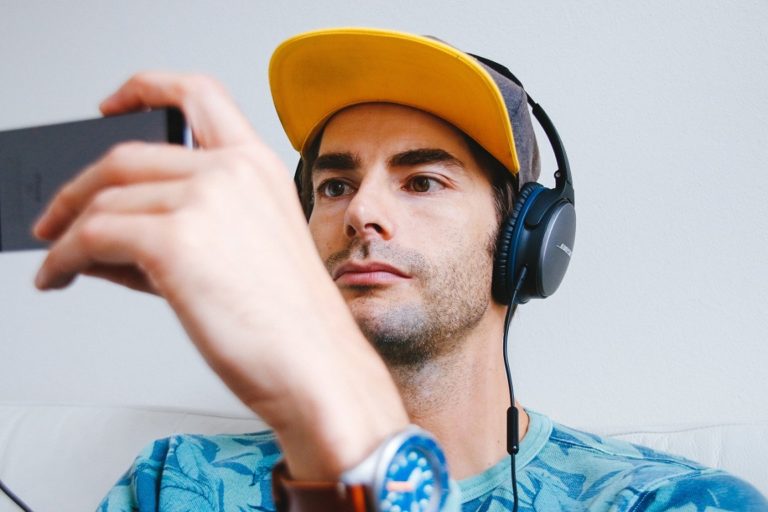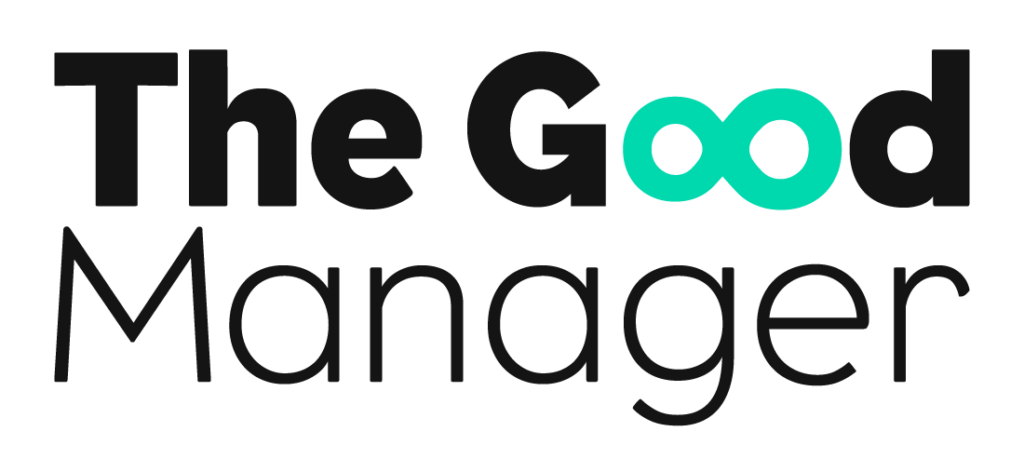Are you looking for a better way to reach learners who always seem to have a piece of technology in their hands? Look no further than microlearning. Microlearning consists of small and concise learning units for students to study at their convenience. Reducing the quantity of information makes the content easier to digest. In addition, creating content in a digital format allows learners to access it at any time and place from their devices.
How can students respond well to microlearning?
The success of microlearning is not guaranteed simply because your content is short and easily accessible to students. Rather, how well learners respond to your educational material depends on the type of microlearning content that you’ve created.
This is the direction we took to develop the e-learning course for our project, The Good Manager. Led by the question: “How can microlearning be used to teach web accessibility, sustainable web design and inclusive and sustainable project management?” we decided to create different types of content to cover the course’s various topics. Unlike traditional courses that try to pack as much information as possible into rows of text, the three microlearning modules in our course benefit from the large variety of content available to the digital age. By ‘content variety’ we mean infographics, videos, podcasts, quizzes, exercises, and yes – even text, as it can be used in conjunction and as a complement to other types of content.
How can using different types of microlearning content enrich the learning experience?
- Content variety makes it easier for students to retain information
Using different types of content as learning material can serve as a memory aid. For example, videos can be paired with bullet points as “Key takeaways” that sum up the entirety of the content. In the same vein, infographics contain essential points that are easier for the learner to consume rather than re-learning the entire lesson. Instead of skimming over an entire Greenpeace report to find out how unsustainable the IT sector has become, learners can refer to an infographic with a chart as a graphic representation of the data.
- Content variety caters to diverse learning styles and circumstances
Educational material that relies only on text to transfer information cannot meet different learning styles and circumstances, even if written in a microlearning format. Text’s inability to reach a wide variety of learners has shown to be an issue in particular for learners with disabilities. Studies report that students with Specific Learning Disorders (such as dyslexia) may get lost if only provided text and require multimedia to support learning (pictures, videos, etc.).
Different content also appeals to learners who have situational difficulties. Multitasking learners (such as those completing chores or commuting) may prefer podcasts as a learning tool that runs ‘in the background’. Time-crunched learners look for a visual aid to simplify content, such as an infographic. This is not to say that text has become an outdated content type. Some learners may be somewhere where audio-visual content can’t be played or simply prefer learning from the written word.
- Content variety provides clarity where text may fail
Multimedia can repurpose lengthy textual explanations to make them more understandable to learners. Let’s use theoretical points, such as definitions, abstract ideas, and processes, as an example. Supporting videos and illustrations can condense this information into a more understandable format for learners.
In addition, some phenomena have to be seen to understand their importance or how they function. Take, for example, the occurrence of environmental degradation. You can provide learners with descriptions and data concerning its manifestations, such as rising sea levels, melting polar ice caps, deforestation practices, and others. Yet these written explanations – and the extent of the degradation – come to life when shown on video.

Photo by Attentie Attentie on Unsplash
- Content variety does a better job of keeping learners engaged
Not only can text-heavy content make it difficult to process information, but it can also make staying focused a challenge. Learners today have an average attention span of 10-20 minutes. Therefore, it’s necessary to use different types of content to achieve a balance between educational material that inspires both learning and engagement.
As mentioned, learning styles differ, so different media break up the monotony of text-only content. Certain content types might appeal more to visual learners (videos and infographics), some to aural learners (podcasts), others to physical learners (‘how-to’ exercises), and so on.
To see how we’ve used content variety to create three microlearning modules for The Good Manager, stay on the lookout for updates on the completed e-learning course by visiting our website: thegoodmanager.eu
Sources:
Khan, M., & Bayoumi, S. (2015). Multimedia as a Help for Children with Special Learning Needs. 2015 International Conference on Cloud Computing (ICCC), 1–5. https://doi.org/10.1109/CLOUDCOMP.2015.7149647

Website: thegoodmanager.eu
Follow this project on Facebook: @Logopsycom
An Erasmus+ project in collaboration with: Les Apprimeurs (France), NIKANOR LTD (Bulgaria), DOMSPAIN CONSULTING SL (Spain), ISTITUTO DEI SORDI DI TORINO (Italy)

